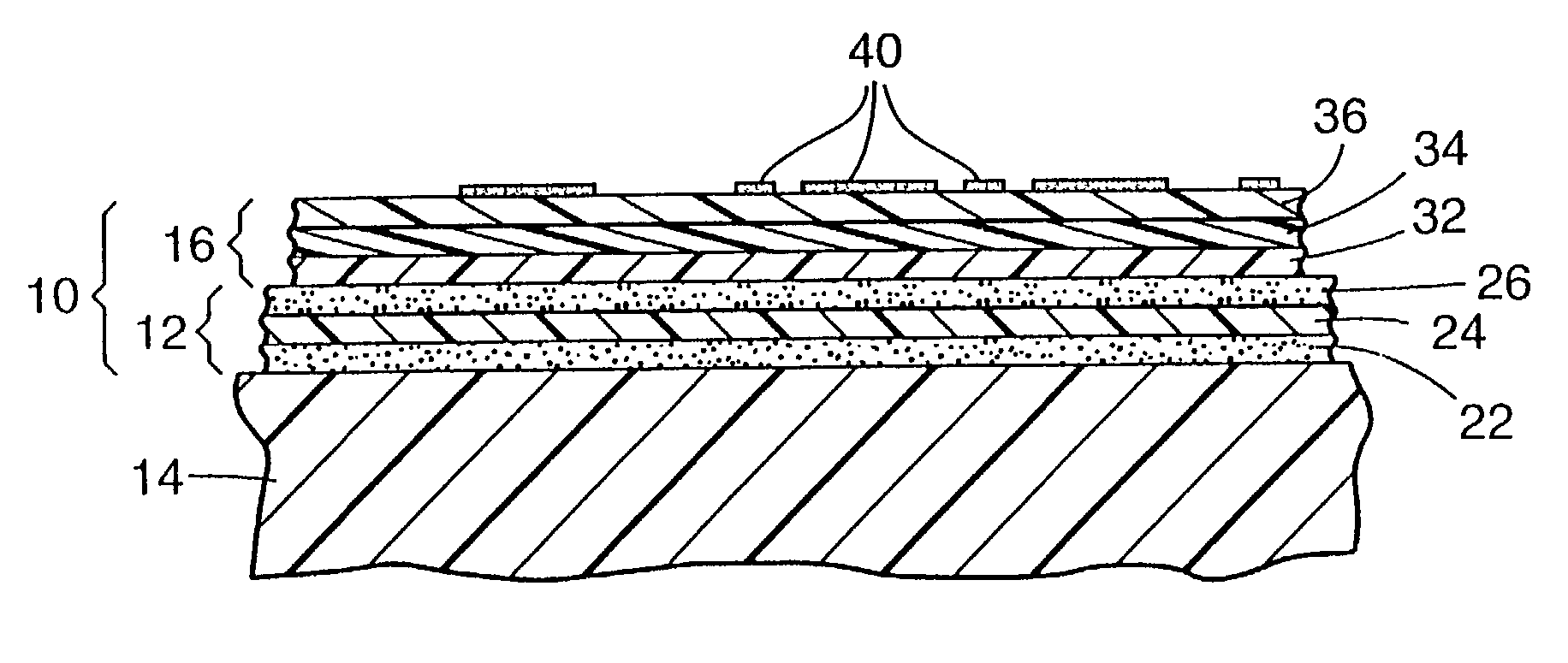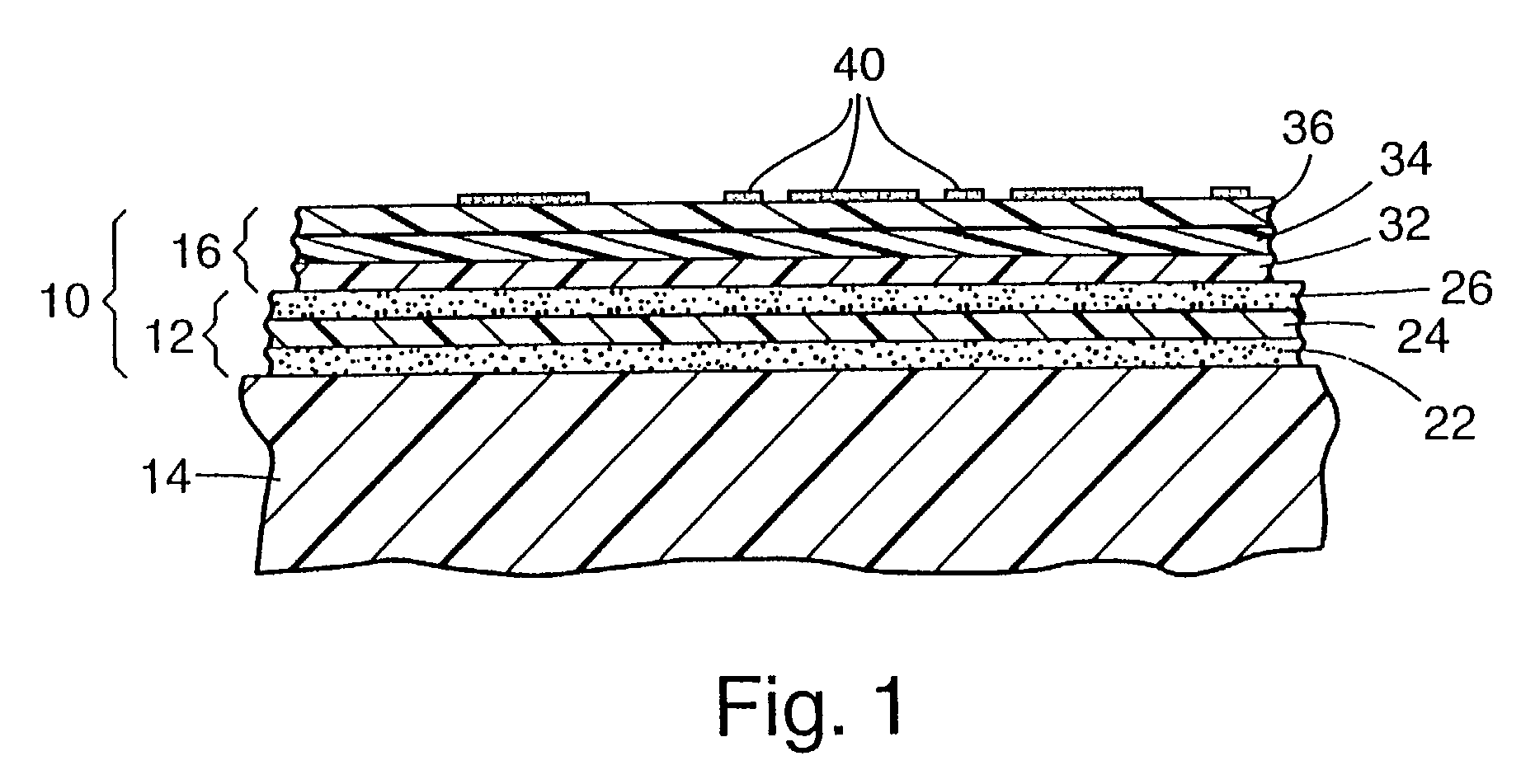Image graphic system comprising a highly tacky adhesive and method for using same
a graphic system and adhesive technology, applied in the field of image graphic system comprising a highly tacky adhesive and method for using same, can solve the problems of low and limited low adhesive holding power, and inability to clean up to restore original holding power of adhesive, etc., to achieve easy removal and reapplication, and sufficient adhesion force
- Summary
- Abstract
- Description
- Claims
- Application Information
AI Technical Summary
Benefits of technology
Problems solved by technology
Method used
Image
Examples
example 1
[0175] A painted sheet metal sign board designed for the display of advertising graphics was chosen as a substrate.
[0176] A DIN A4 (21.0 cm.times.29.7 cm) sheet of double-coated adhesive having a high tack acrylic PSA on one side and a low tack acrylic PSA on the other side, available as Tape No. 9415 High Tack / Low Tack Double-Coated Tape from 3M Company, St. Paul, Minn., USA, was laminated to cover a portion one of the two surfaces of the advertising board. The sheet, available in roll form with a single liner on the low adhesion side, was first unrolled and cut to the appropriate size. A second liner was then adhered to the high adhesion side. The liner was then removed from the low adhesion side and the adhesive adhered to the painted steel substrate using a rubber-coated roller.
[0177] An image graphic was prepared by writing a message by hand using a felt-tipped marking pen on a siliconized paper, available as 75 g Release PMC (standard low release level) from Lohjan Paperi (Fin...
example 2
[0181] Example 1 was repeated with the exception that the siliconized-paper image carrier was imaged on the non-siliconized side using a photocopier. Essentially the same results were obtained as in Example 1.
example 3
[0182] Example 1 was repeated with the exception that the siliconized-paper image carrier was imaged on the non-siliconized side using a laser printer. Essentially the same results were obtained as in Example 1.
PUM
| Property | Measurement | Unit |
|---|---|---|
| surface energy | aaaaa | aaaaa |
| angles | aaaaa | aaaaa |
| angles | aaaaa | aaaaa |
Abstract
Description
Claims
Application Information
 Login to View More
Login to View More - R&D
- Intellectual Property
- Life Sciences
- Materials
- Tech Scout
- Unparalleled Data Quality
- Higher Quality Content
- 60% Fewer Hallucinations
Browse by: Latest US Patents, China's latest patents, Technical Efficacy Thesaurus, Application Domain, Technology Topic, Popular Technical Reports.
© 2025 PatSnap. All rights reserved.Legal|Privacy policy|Modern Slavery Act Transparency Statement|Sitemap|About US| Contact US: help@patsnap.com


